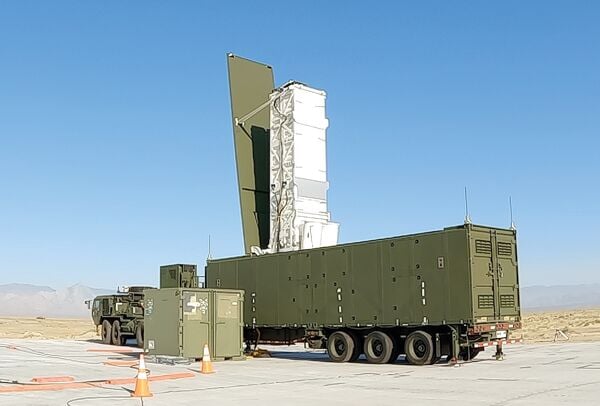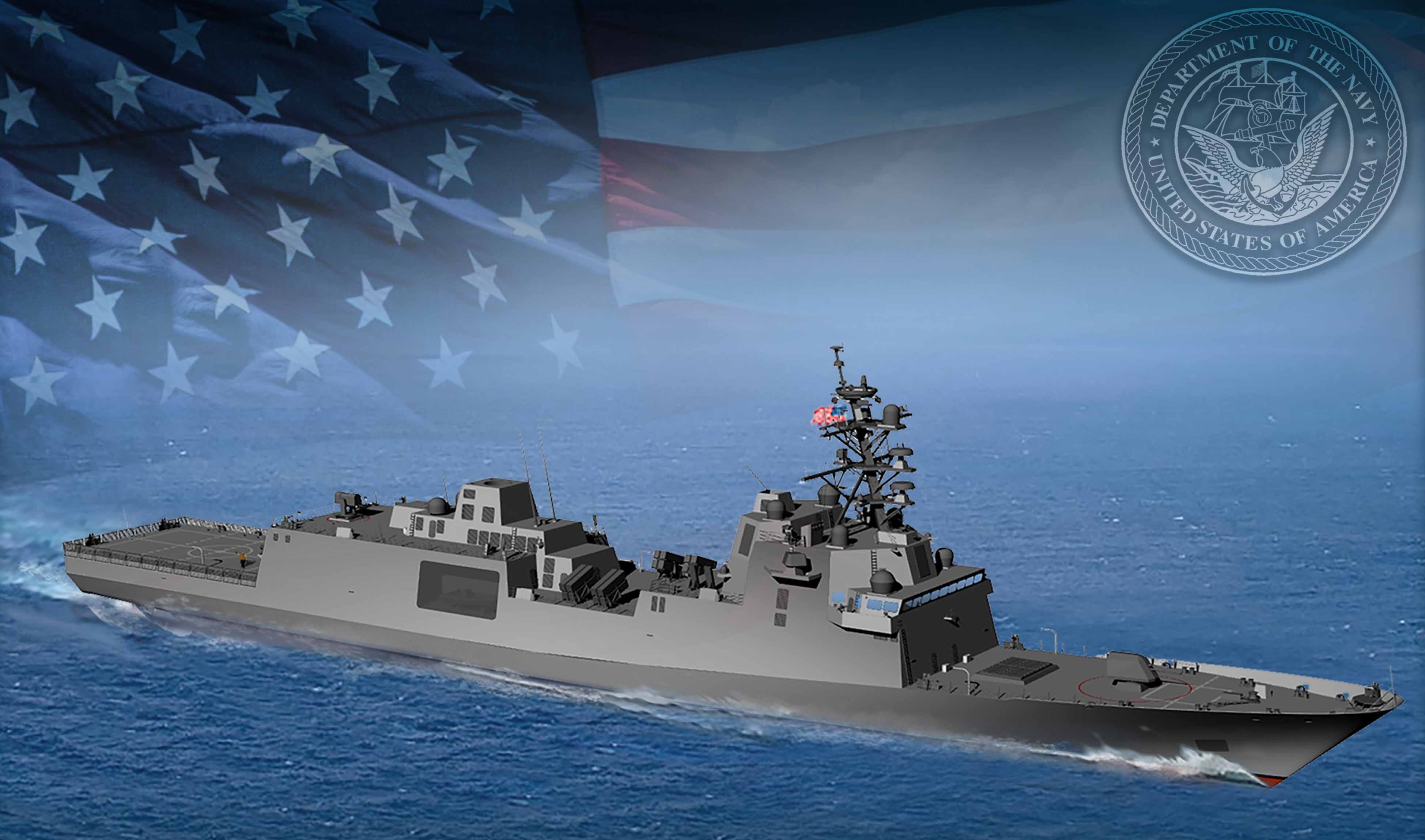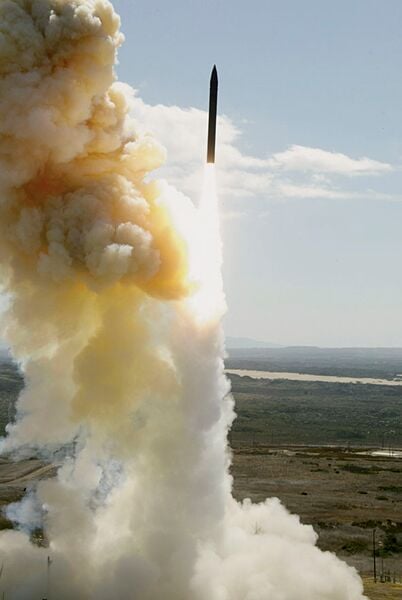- About
- Intara
- Capabilities
- Advisory
- Resources
- News
- Store
Oman launches offset project with University of Arizona
05 March 2021
by Charles Forrester
The Omani government has signed an agreement with the University of Arizona’s Eller Executive Education to deliver training to Omani nationals as part of an offset agreement with US armoured vehicle manufacturer Lenco Armored Vehicles.
Under the agreement, Eller Executive Education will work to create a centre at Oman’s Institute of Public Administration (IPA) to train Omani nationals to become leaders in the country’s civil service. Aims for the project include: training 25 Omani instructors to teach future courses at the IPA; training for 150 targeted employees within the country’s existing civil service; delivering short courses for 80 personnel in higher management positions and management courses for 120 trainee level staff; and enrolling 15 trainees at the University of Arizona to undertake the Advanced Government Leadership programme. The overall project will culminate in the transferring of intellectual property rights for the course to the IPA, which will allow for increased local course delivery.

An offset agreement was signed in relation to the Royal Omani Police’s acquisition of Lenco Bear Cat armoured vehicle. (Janes/Patrick Allen)
US Army deploys Mid-Range Capability in Philippines
16 April 2024
by Kapil Kajal


The MRC weapon system (pictured above from its trials in June 2023) is a containerised version of the Mk 41 VLS that can be integrated and fired from the bed of a M983A4 Heavy Expanded Mobility Tactical Truck. (US Army)
The US Army's 1st Multi-Domain Task Force (1MDTF) has deployed its Mid-Range Capability (MRC) weapon system – also known as the Typhon Weapons System – at Northern Luzon in the Philippines as part of Exercise ‘Salaknib 24', the US Army Pacific said in a press release on 15 April.
This deployment aims to enhance the Philippines' maritime defence capabilities, while bolstering interoperability and readiness within the US-Philippine Alliance, the US Army Pacific said.
The MRC – made up of four launchers, a battery operations centre (BOC), a High Mobility Multipurpose Wheeled Vehicle BOC support vehicle, and battery reload capability – reached the Philippines aboard the C-17 Globemaster III airframe, the US Army Pacific added.
According to the US Army Pacific, the 1MDTF's MRC is a land-based, ground-launched system that enhances multidomain fires. The MRC launchers can fire the Standard Missile (SM)-6 and the Tomahawk Land Attack Missile (TLAM).
Keel laid for Constellation-class guided-missile frigate lead ship
16 April 2024
by Michael Fabey


The keel was laid for guided-missile frigate Constellation , the lead ship for the new class of surface ships. (US Navy)
The keel for the guided-missile frigate Constellation (FFG 62), the lead ship of the new Constellation-class of ships, was laid on 12 April, the US Navy (USN) confirmed.
Speaking at the keel-laying ceremony on the same day, USN Secretary Carlo Del Toro noted the need to augment the fleet with ships like FFGs, especially with recent events in the Red Sea.
“ Constellation and the Constellation-class frigates are a critical next step in the modernisation of our surface ship inventory, increasing the number of players on the field available globally for our fleet and combatant commanders,” Del Toro said during his speech, according to the USN.
“As recent events in the Red Sea and Indo-Pacific have shown, our ships, submarines, aircraft, sailors, and marines are in high demand by our national decision makers,” he said.
Testifying on 10 April before the House Appropriations Committee (HAC), Del Toro noted some of the fleet-relative technological enhancements being advanced in the frigate programme.
Lockheed Martin snags multibillion-dollar NGI contract
16 April 2024
by Meredith Roaten


The Ground-Based Interceptor was launched from Vandenberg Air Force Base in California to simulate a combat launch from Fort Greely in Alaska. (Missile Defense Agency)
The Next Generation Interceptor (NGI) competition has come to an end as Lockheed Martin was selected as the prime to continue development of the weapon through critical design review (CDR), all-up round qualification, integration with the Ground-Based Midcourse Defense (GMD) system, and flight testing, the US Missile Defense Agency (MDA) announced on 15 April.
While no dollar amount was attached to initial statements on the contract, the Pentagon's Cost Assessment and Program Evaluation (CAPE) said in a 2021 report that it expected NGI to accrue roughly USD17.7 billion in contract costs. The downselect for Lockheed Martin will lead to a follow-on production and emplacement contract to support initial operational capability for NGI by the fourth quarter of fiscal year (FY) 2028, according to the announcement.
The MDA cited “technical maturity”, “technical rigor” in the design process, and contract-provided performance date as key factors that supported its decision.
Lieutenant General Heath Collins, director of the MDA, called the decision “very difficult” in a statement but said the agency was “confident”.
The Omani government has signed an agreement with the University of Arizona’s Eller Executive Educat...
Latest Podcasts
A focus on Libya
In this podcast Janes senior analyst James Trigg, joins Harry Kemsley and Sean Corbett to discuss Libya. Historic civil and political unrest have made it a country of interest globally for decades. Whilst other conflicts and world events have fo...
Listen nowJanes Case Studies
Using Janes Intara to build a common intelligence picture: Russian build up on the Ukrainian border
View Case StudyNews Categories
 Security Details
Security Details